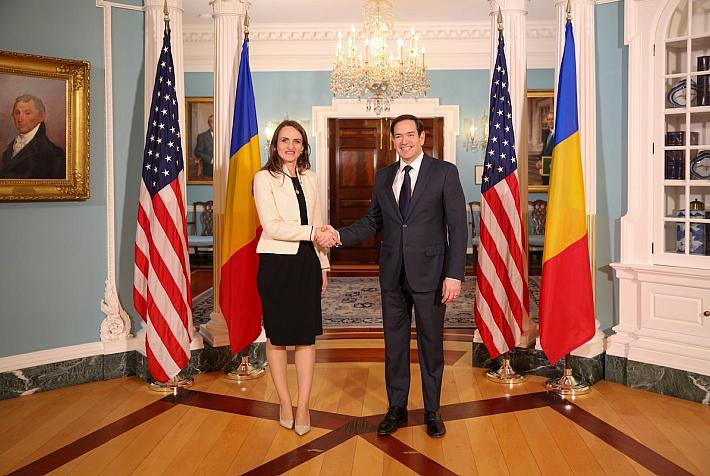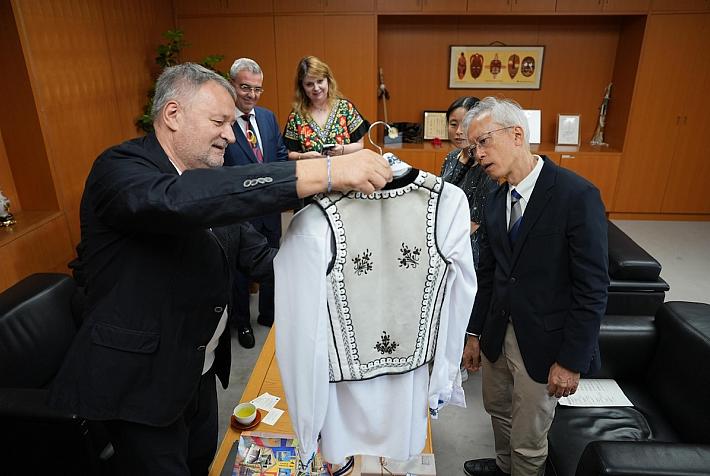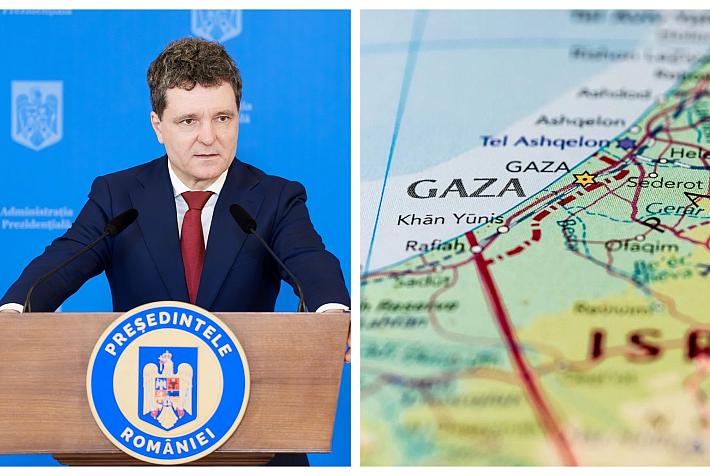Romania’s current account deficit doubles in 2016

Romania’s current account deficit more than doubled in 2016, reaching EUR 4.1 billion (up from EUR 1.94 billion in 2015), according to Romania’s National Bank (BNR).
The Government and private entities in Romania spent EUR 81.7 billion in their relationships with foreign entities, EUR 6 billion more compared to 2015. Meanwhile, the money inflows went up by only EUR 3.8 billion, to EUR 77.6 billion.
The widening of the current account deficit was mainly caused by a higher trade deficit, EUR 9.3 billion, up from EUR 7.8 billion in 2015, as Romania’s goods imports rose faster than the exports. This was partly compensated by a higher surplus on the services side, EUR 7.55 billion, up from EUR 6.79 billion in 2015.
Romania also recorded a higher deficit on the primary income segment, which includes compensation of employees, investment income (direct investment, portfolio investment, other investment), and other primary income (taxes, subsidies). The outflows on this segment were EUR 4.8 billion higher than the inflows, compared to a deficit of EUR 3.7 billion in 2015.
On the secondary income segment, which includes current private transfers and transfers of the general government, the surplus was EUR 2.45 billion, down from almost EUR 2.8 billion in 2015. The inflows were lower than in 2015, which may also signal that Romanians abroad sent less money to the country.
editor@romania-insider.com











